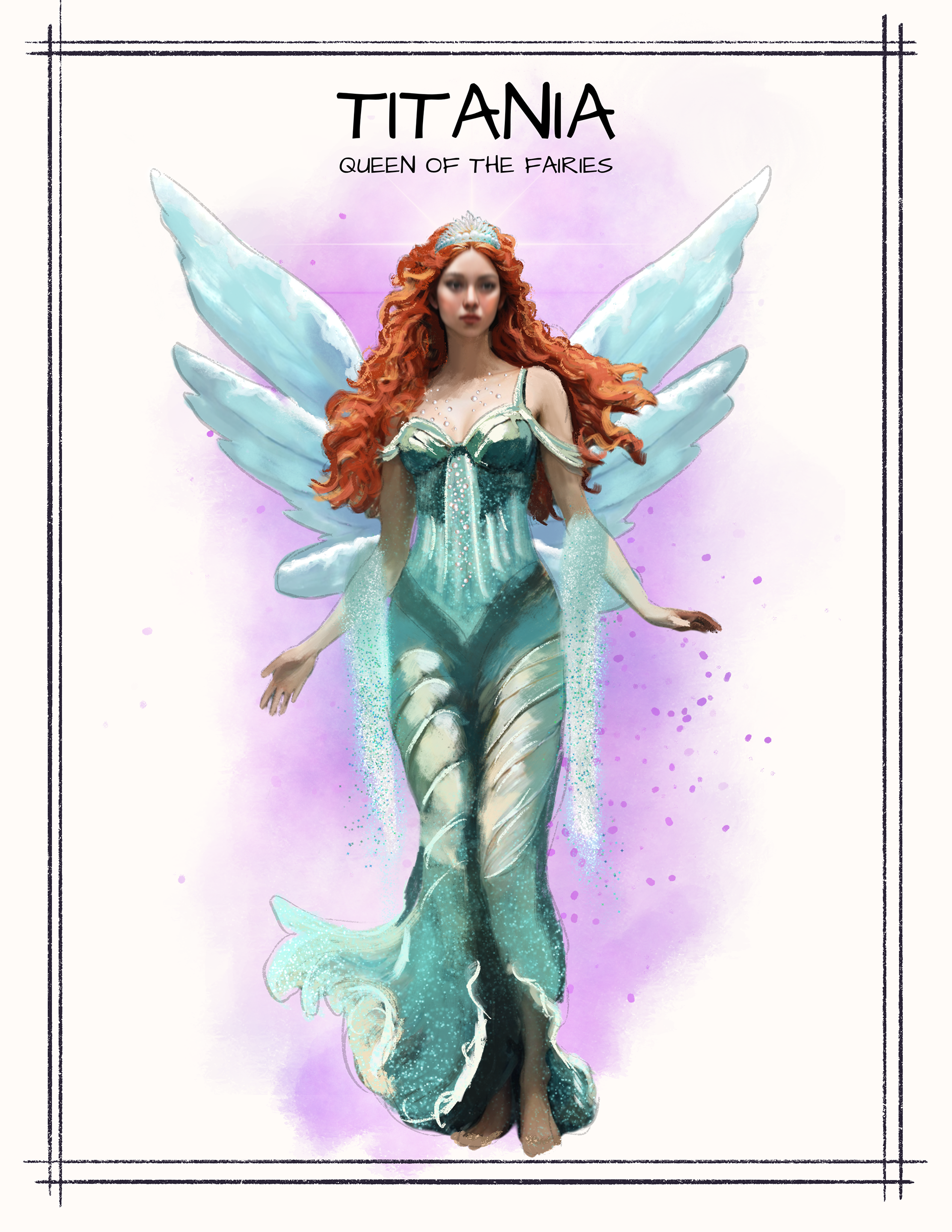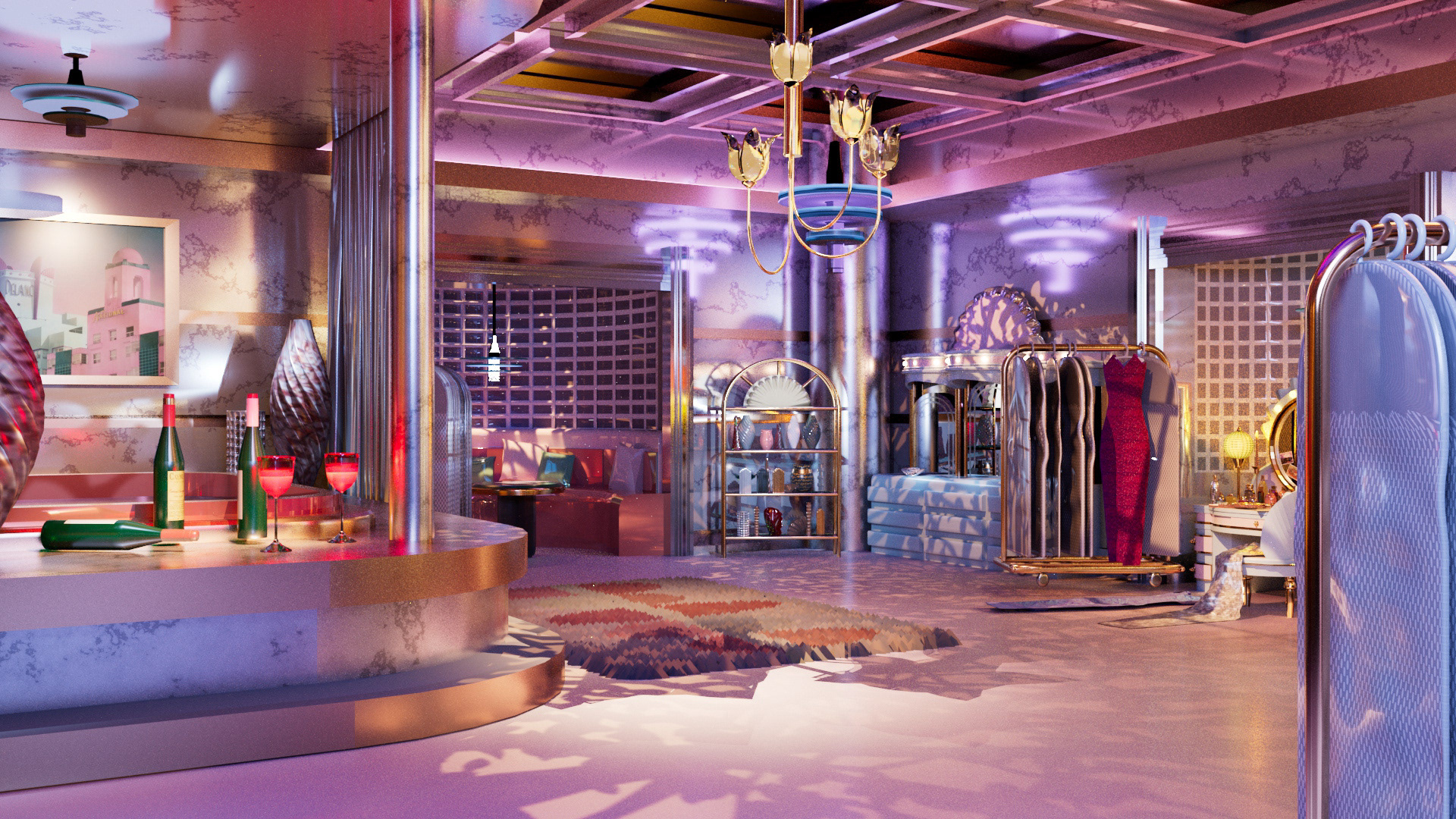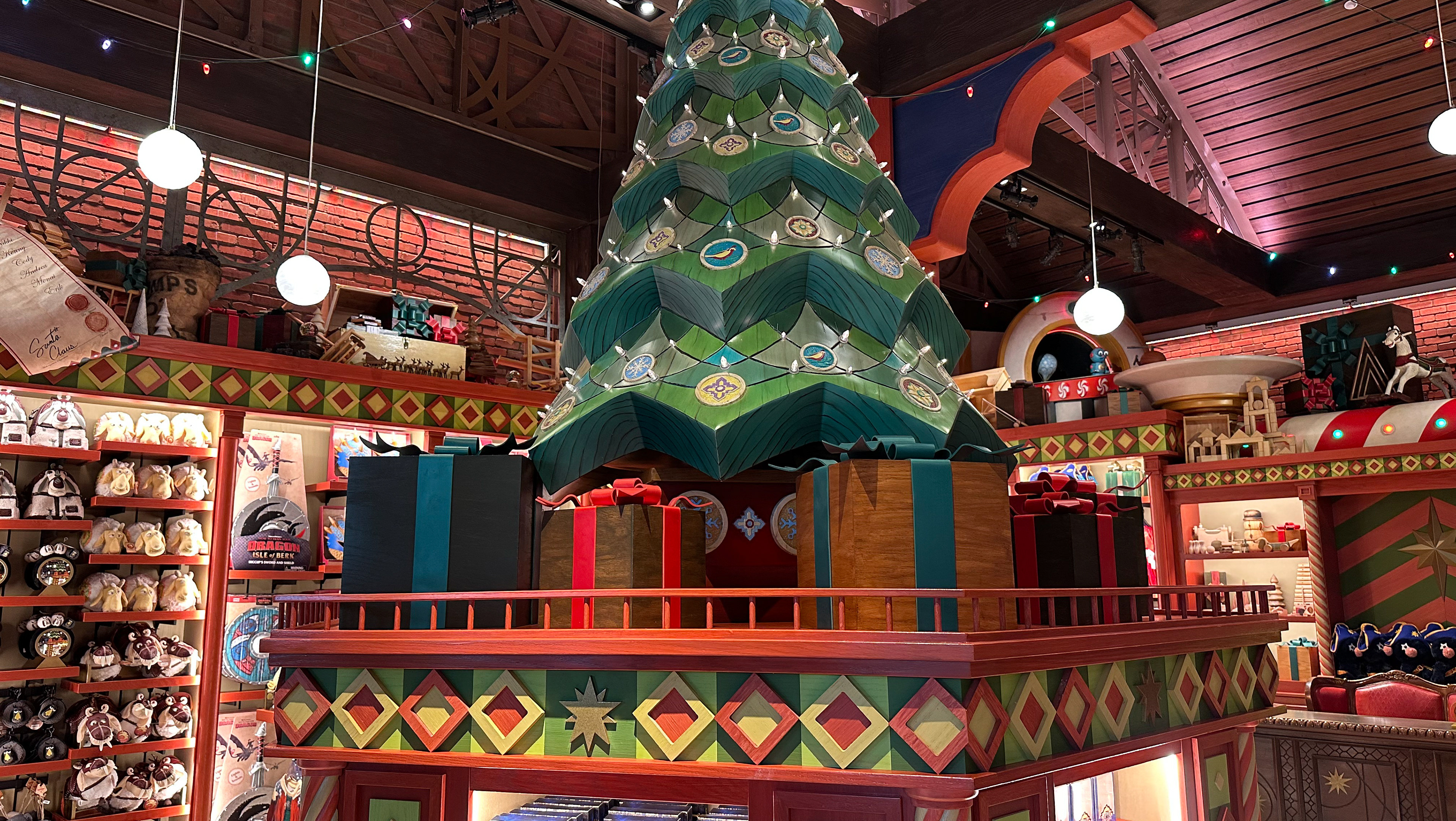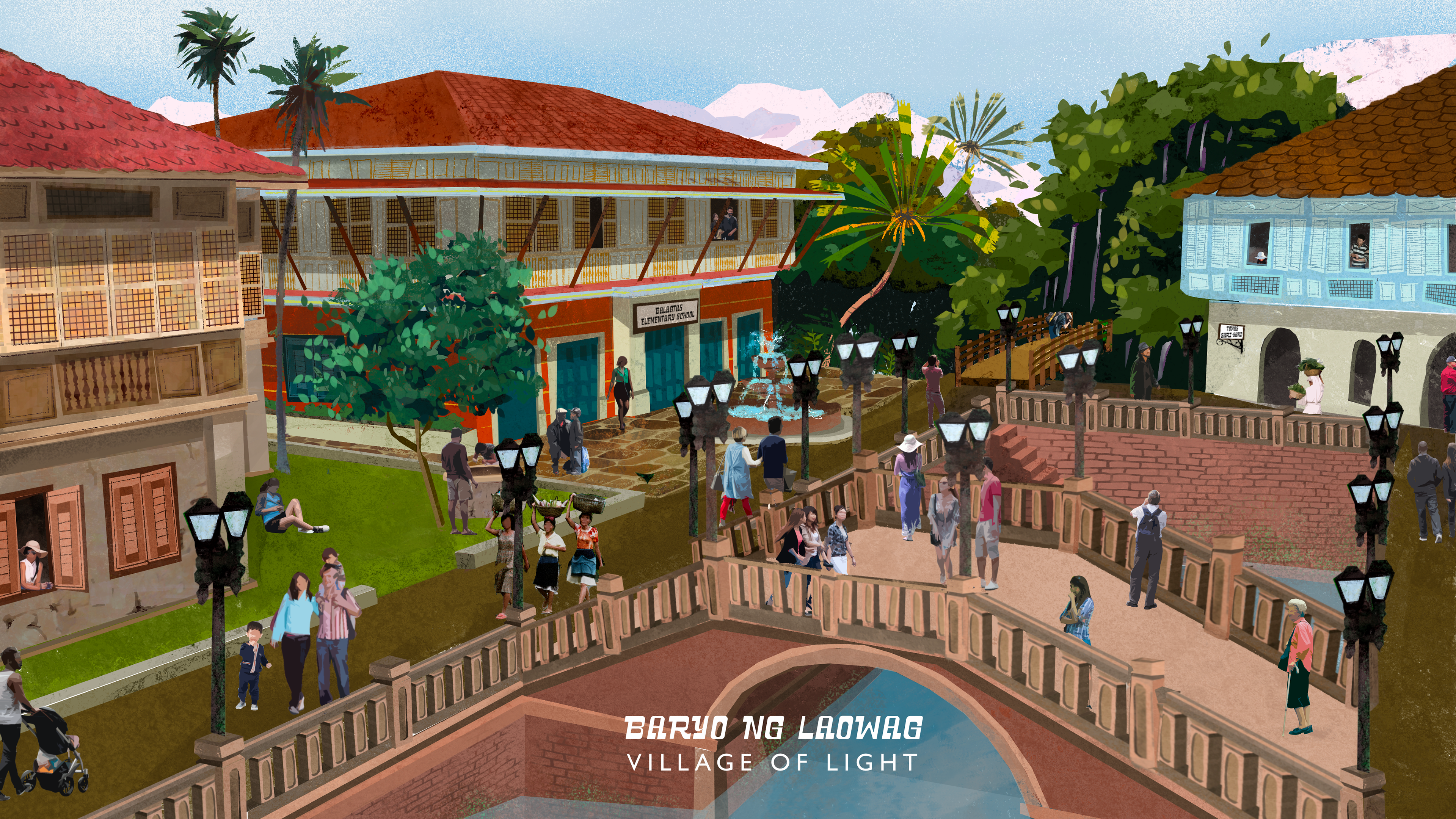Logline
As the sun sets below the horizon, the air is filled with enchanting sounds of music and joyful laughter. Crowds of guests gather alongside the sidewalks eagerly awaiting the start of the parade inspired by Shakespeare's classic comedy, A Midsummer Night's Dream. Large-scale float units are decorated with twinkling fairy lights and cascading florals, each one a tribute to the play’s enchanting world. Dancers in whimsical and playful costumes twirl around, their movements are light and airy, like silken fabrics. Guests are transported to a world where love is both mischievous and transformative. For a brief moment, the barriers between the ordinary and the extraordinary blur. Reminding all guests of the everlasting magic that lies within the human heart.







Main Costume Concept
Overall high concept for costumes was inspired by Sandro Boticelli’s Birth of Venus painting which he completed in the mid 1480s, or the Renaissance. Boticelli’s painting was mainly inspired by ancient Greek and Roman stories and artwork, and costume designs for this parade concept aimed at utilizing the same symbolism that he saw in nature’s beauty, particularly the ocean. Additional painting references for overall costume direction include Thomas Francis Dicksee R.A.'s 1895 painting of Miranda (as Aphrodite), a Romanticism era painting, which highlights many nautical and ocean themes through the ripples of fabric by the wind.
Fairy costumes are inspired by classical Greek statues of gods, goddesses, and other mythological beings. Utilizing delicate colors like ocean and sky blues, the costumes aim to visualize as if these fairies just stepped out of the ocean and this is achieved through glittery shining fabrics to ruffles and textured fabrics.
Costumes for the Lovers also follow the coastal-based tenets of the fairies. All the lovers have a youthful and sun-kissed appearance with looser and less restricted clothing crafted from lightweight linen. Additionally, inspiration from Greco-roman tunics and drapery add to a more timeless and classical look. Additionally, like in other productions of the play, the lovers all have similar physical attributes and costumes to add to the comedy.




















